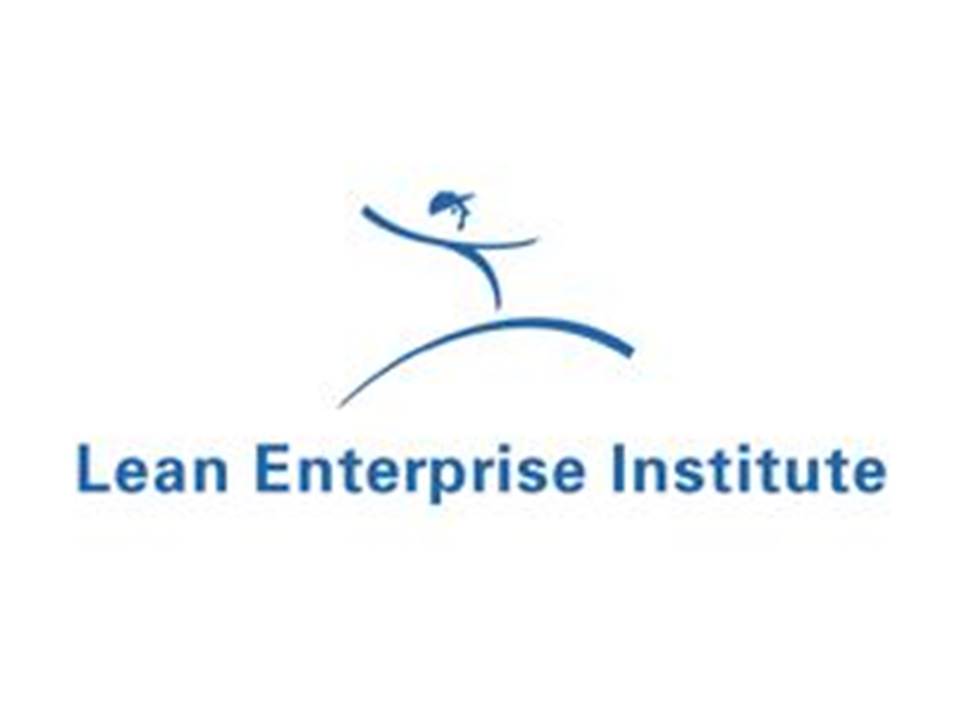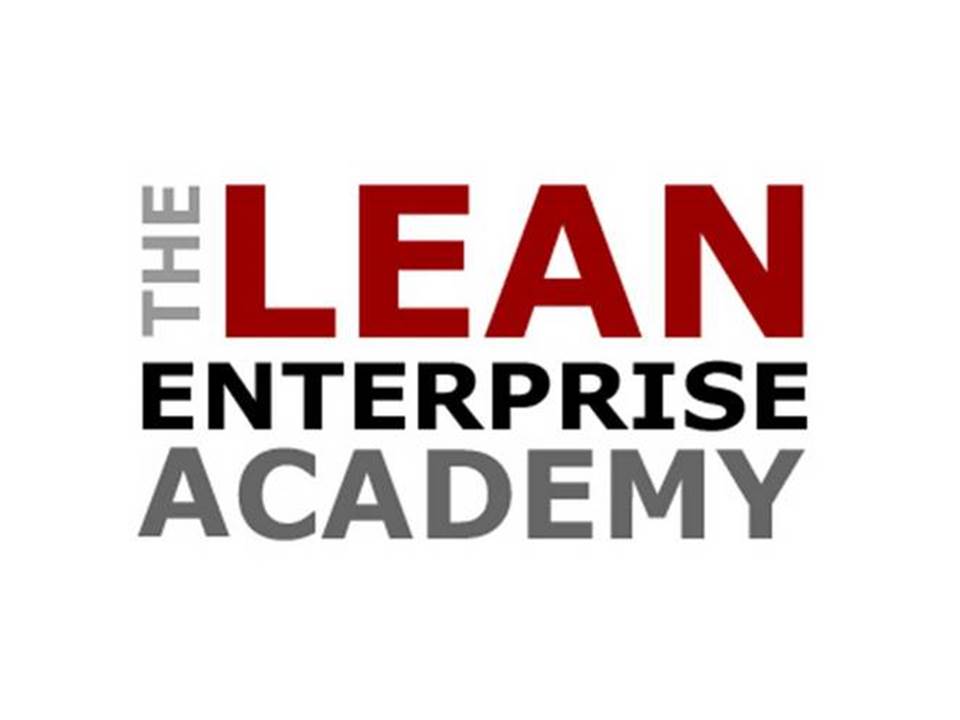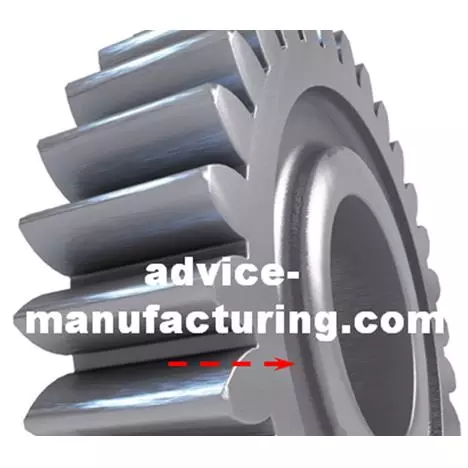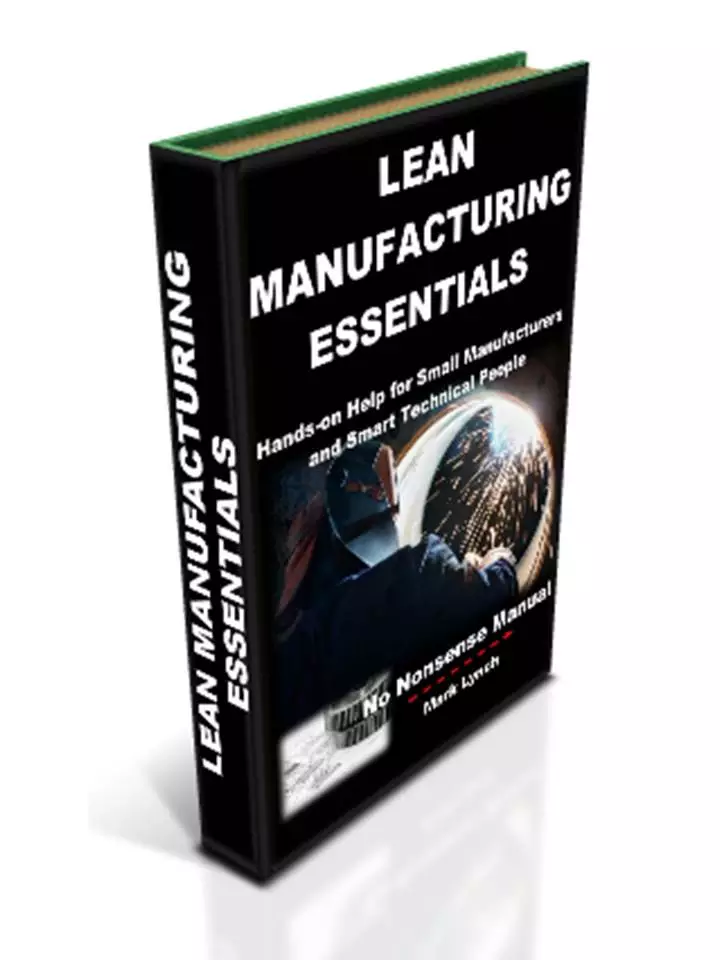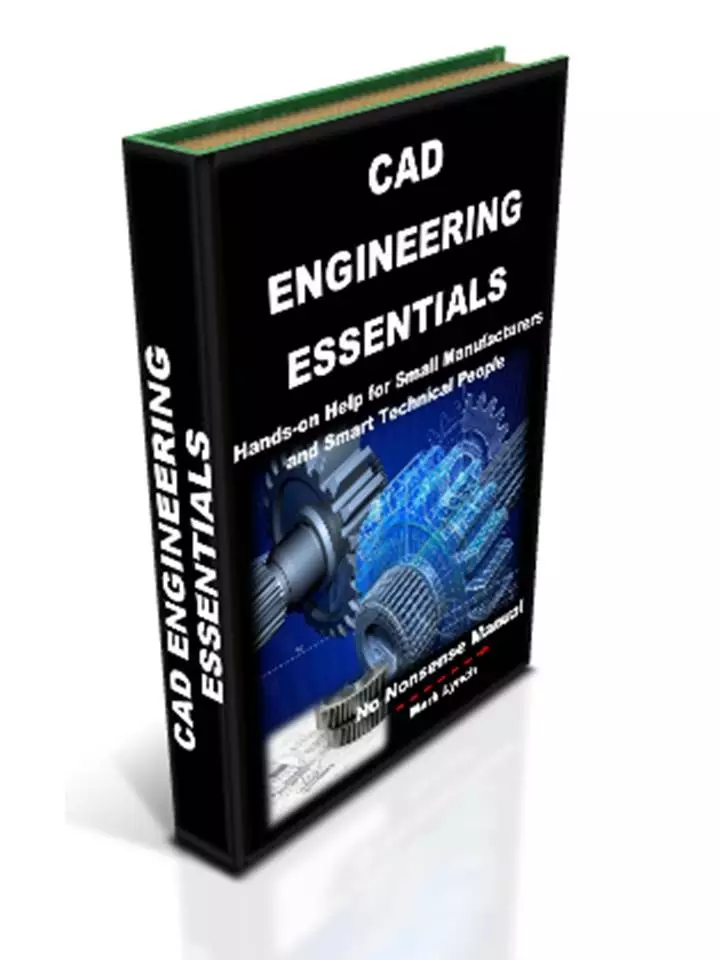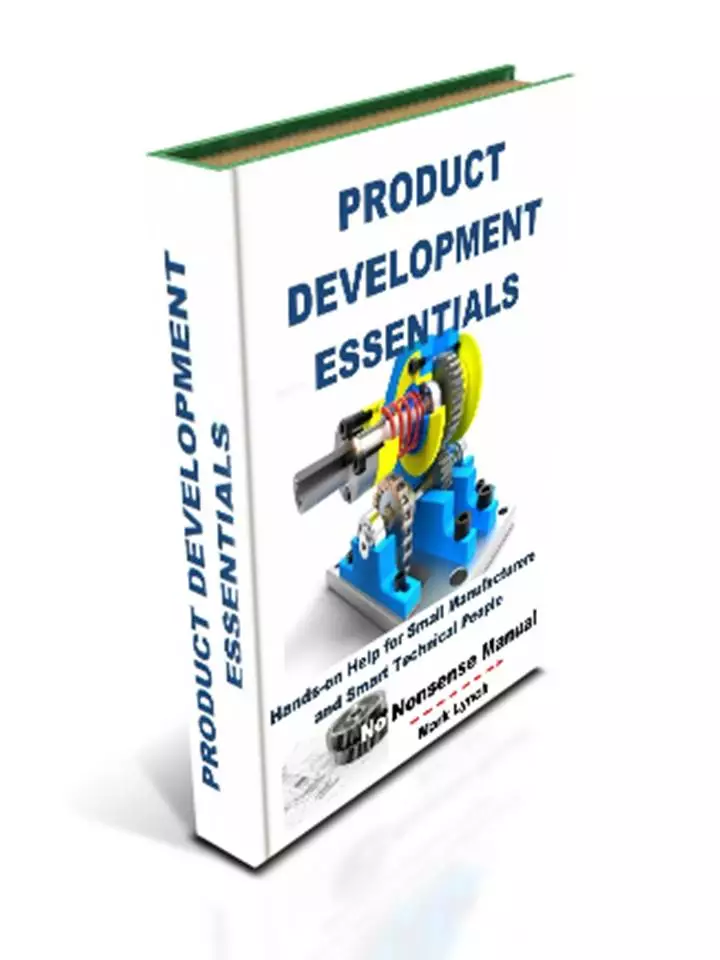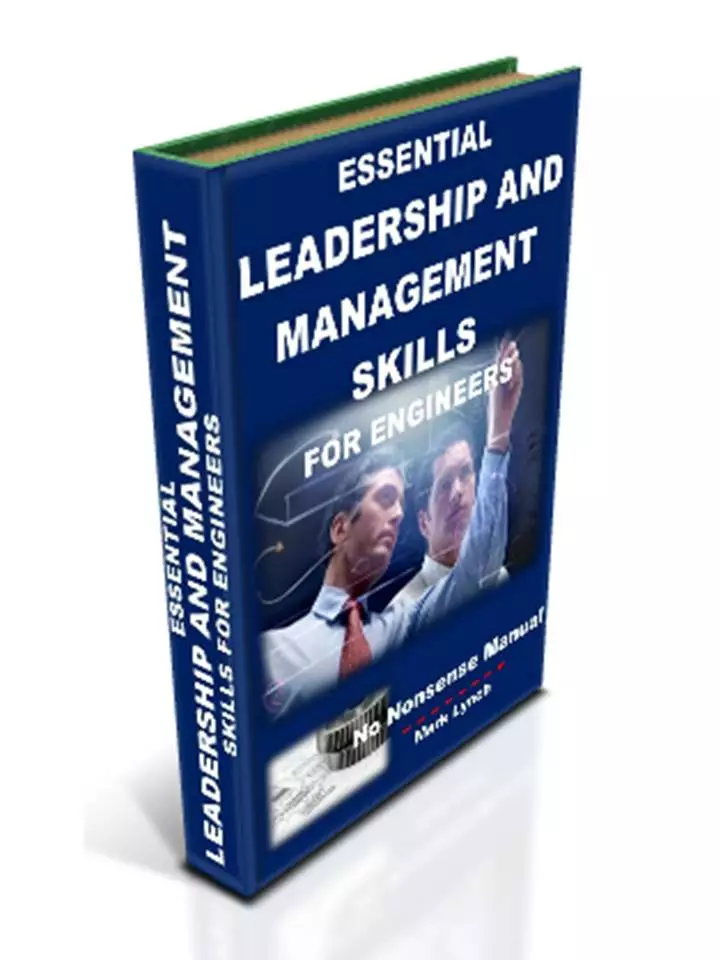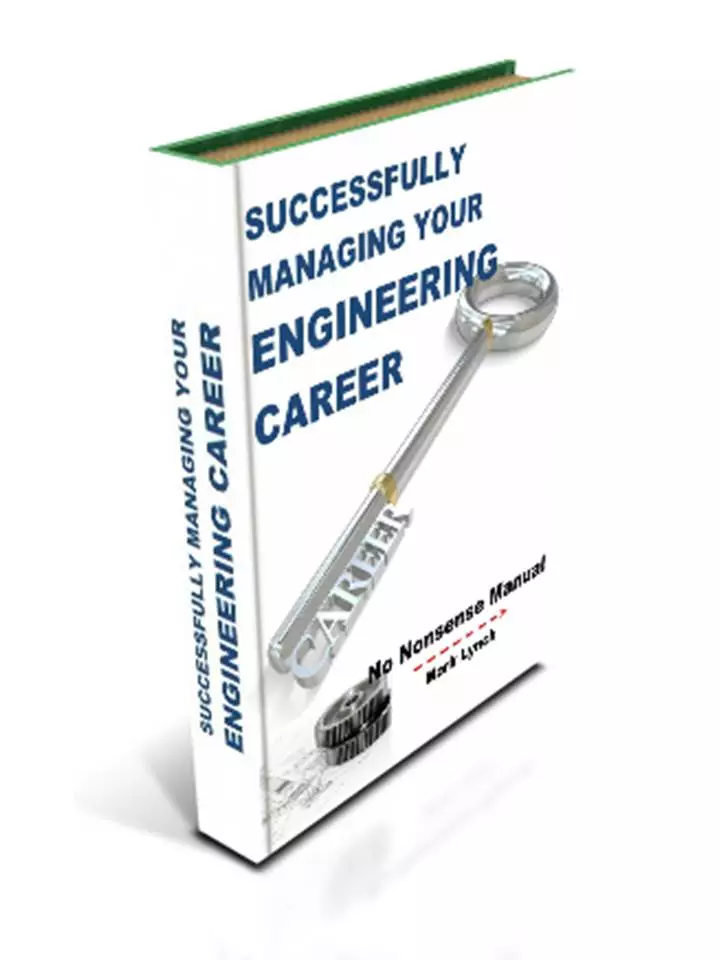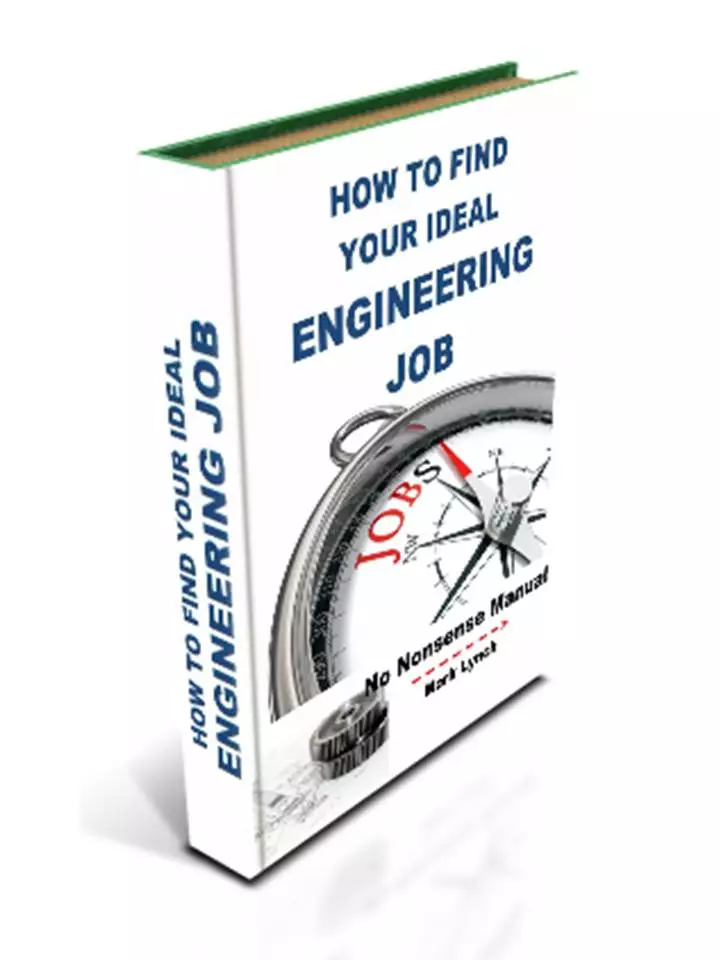'Hands-on Help for SMEs' and Smart Technical People'
Lean Manufacturing Significant Benefits, Lean Theory, Principles and Total Quality
Lean Manufacturing Significant Benefits
Dramatic cost reduction to improve your cash flow
- Substantial savings through targeted cost reduction activities.
- Reduced work-in-progress and money tied up in stock.
- Get rid of waste in all its forms and therefore the cash going down the drain with it.
- Get out of the habit of ‘throwing money at the problem’ when issues occur, by getting better control of your processes.
- Spend less, by getting the best value for money out of your plant and people.
Big falls in lead-times
- Understand your processes and how long they take. Then optimise them to drive down their overall duration.
- Identify and eliminate the time delays in your processes.
- Promote one piece flow and get rid of queues and delays.
- Get suppliers involved so they deliver when and where you need them to.
- Let demand drive your delivery. Move towards just-in-time and kanban-based supply, where parts are delivered when and where they are required.
Significant improvement in quality with fewer defects
- Standardise the way you do things. Understand where and how errors may occur, then eliminate them.
- Train your workforce to undertake tasks in a standardised, error-free way.
- Get employees to be quality conscious; a different way of thinking that aims to improve processes and stop and rectify issues before they become problems.
- Deploy tools and techniques to improve quality, based on visibility and a common sense approach.
- Embed a culture of continuous improvement.
Improved customer service and satisfaction
- Truly understand what the customer considers as value. Then focus all your efforts on delivering this. Customer defined quality and value, over internal needs
- Focus on the delivery of defect-free products and outstanding customer service to generate repeat business.
- Make it easy for customers to feedback and use this to drive internal improvements.
- Delight customers with outstanding service. Use this in your marketing and receive new referral business.
Impressive improvement in employee moral
- Dramatically increase employee interest by acknowledging those close to the action are best qualified to make improvements.
- Get employees involved with lean training, problem solving and waste reduction tasks.
- Use targets and rewards to build momentum and change the staff culture.
- Increase staff satisfaction, as they see the dramatic benefits that result from their problem solving ideas and efforts.
- Share the rewards such as an improved working environment, potential bonuses through savings and less stress.
Boost your profitability
- More profits due to all the points above – a leaner, lower cost business model.
- Profits are available for reinvestment and growth.
Lean Manufacturing Principles Explained and Applied
Lean Theory and Principles
To gain a decent understanding of the thinking behind lean, it’s worth touching on some of the principles that underpin the philosophy.
The legendary Womack and Jones (founders of the Lean Institute) describe 5 principles in their best-selling book Lean Thinking.
- Value – Identify what value is from the customer’s viewpoint.
- The Value Steam – Identify and understand what the process steps are, by value stream mapping, for example. Understand the flow of information, material and products to the customer. Identify which activities add value and which do not. Improve tasks and reduce waste accordingly.
- Flow – Aim for a process as close to smooth continuous flow as possible. Try to avoid batches that queue up. Instead aim for single piece flow, producing to demand where possible.
- Pull – Produce at the rate the customer demands, thereby getting the customer to ‘pull’ whatever you are producing through the system. If you use one, then make one and so minimise inventory in your process.
- Perfection – This principle is about consciously continuing to improve. Seek perfection by continuing to reduce waste and improving processes.
Lean and Total Quality – Further Research
One of the key reasons larger prime manufacturers and their tier 1 suppliers are comparatively successful, is their wholesale adoption of lean manufacturing. Although originally pioneered in the automotive industry, particularly with Toyota, lean manufacturing has quickly spread to aerospace and through to all other industry sectors. The principles have been adopted by businesses in the supply chain of the larger firms. Of course, lean principles are now been applied in a wide range of areas of the economy beyond manufacturing, in both the private and public sectors.
A lot has been written about lean. In order to obtain a good grounding in the philosophy or simply if it interests you, consider exploring it further. Because so many see the potential for improvement in their own workplace, it’s common for employees’ interest to grow, as lean is something they can relate to. Listed below are some of the major contributors to lean, along with sources of additional information.
- Jim Womack & Dan Jones – Books: Lean Thinking and The Machine that changed the World
- Deming - 14 Points. Deming/PDCA Cycle. Plan/Do/Check/Act. www.deming.org
- Ishikawa – Ishikawa/Fishbone Diagram
- Juran – Juran Institute. www.juran.com
Lean Manufacturing Significant Benefits
Lean Enterprise Institute
The Lean Enterprise Academy
The Lean Advancement Initiative
Next... Powerful Lean Tools and Techniques
Back to Lean Manufacturing Essentials
